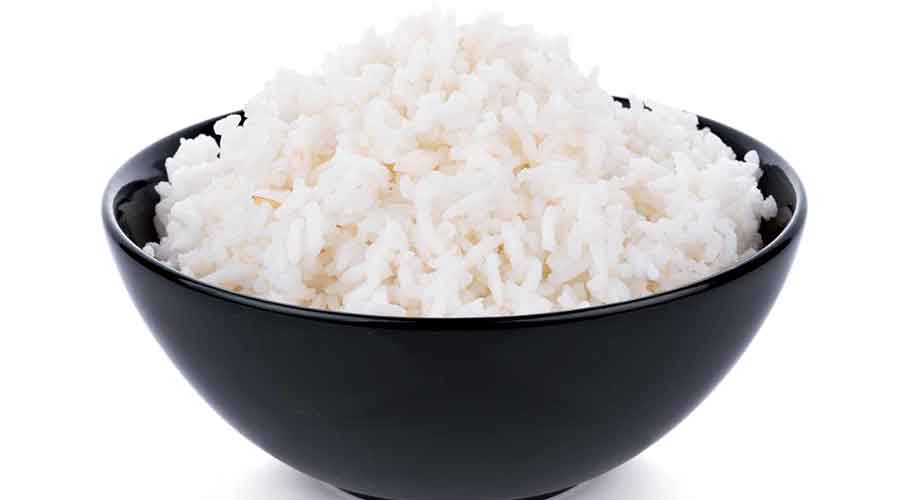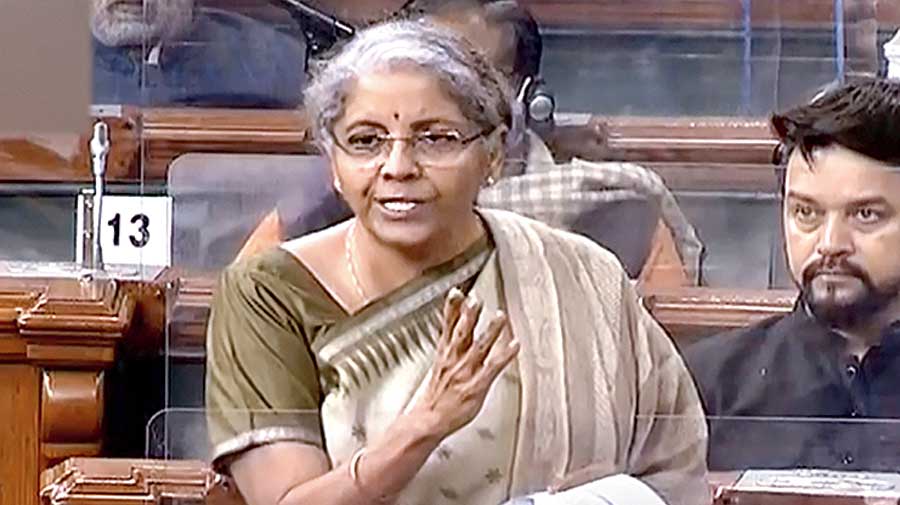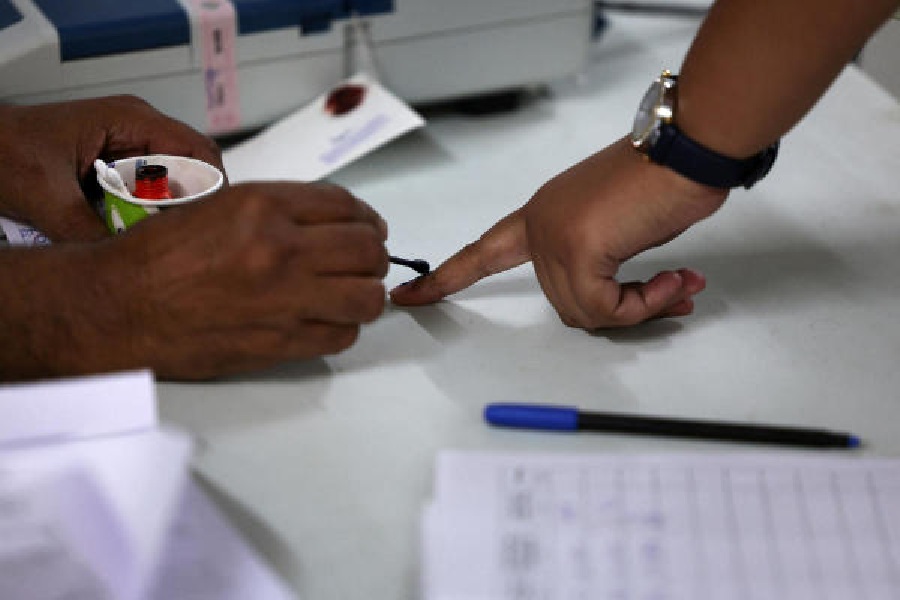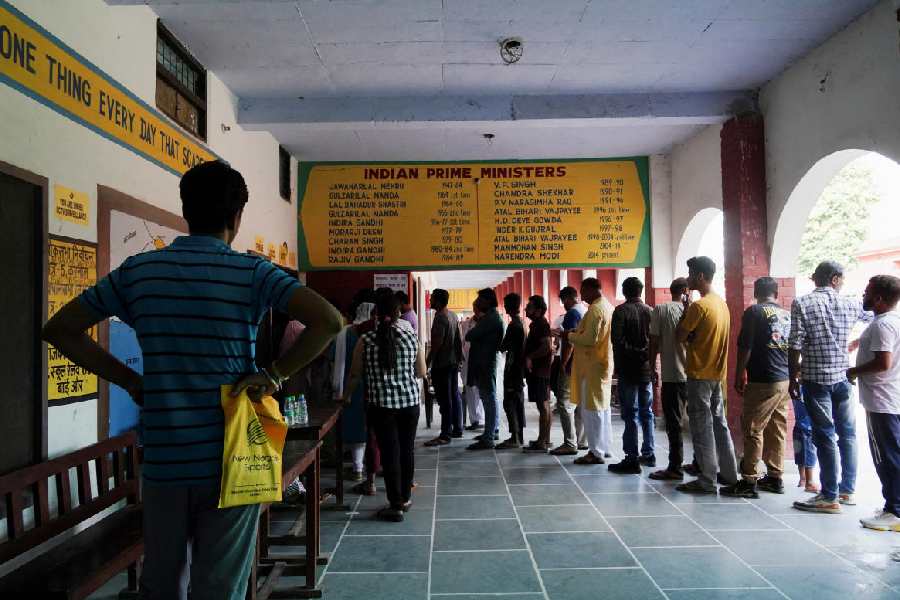A proposal by the Narendra Modi government for mandatory fortification of rice with iron to combat anaemia is based on flawed assumptions and haemoglobin measurements and could harm segments of the population through excessive iron intake, experts have cautioned.
Eighteen experts in health economics, nutrition, paediatrics and public health have urged “extreme caution” against mandatory fortification — the addition of tiny amounts of iron into the rice cereal — saying the proposed cure could itself become a malady.
Harsh Pal Singh Sachdev, a senior paediatrician in New Delhi and one of the experts, and his colleagues have estimated that rice fortification alone will cost Rs 2,600 crore a year.
“What the plan proposes is avoidable and (is) wasteful expenditure with no palpable benefits,” Sachdev told The Telegraph on Friday. “On the contrary, it carries the risk of harm.”
The Union health ministry has estimated through household surveys that more than half of children below five years, adolescent girls between 15 and 19, and women in their reproductive age have anaemia, or haemoglobin below 12g per decilitre.
The fortification plan gained traction after the National Family Health Survey 2019-20 found little change in the anaemia situation since the previous 2015-16 survey, triggering concerns that the existing iron syrup or tablet supplementation programme for children and women hadn’t worked.
Proponents of the fortification have contended that rice fortification that involves adding vitamins or minerals during the post-harvest phase is a cost-effective strategy to combat micronutrient deficiencies in countries with high per capita rice consumption.
The Union food and public distribution department had in 2019-20 initiated a rice-with-iron fortification scheme that has been rolled out in at least six states — Andhra Pradesh, Gujarat, Maharashtra, Tamil Nadu, Chhattisgarh and Uttar Pradesh.
Now, the 18 experts have said the proposed mandatory rice fortification represents a misguided and potentially harmful policy because health surveys rely on finger-prick drops that yield misleadingly lower values of haemoglobin.
The plan for rice fortification, which is an addition to the existing iron supplementation programme, appears to be aimed at “supplying more” instead of “doing it right”, the experts have cautioned in a report published in the American Journal of Clinical Nutrition.
“The correct way to measure haemoglobin is via venous blood samples,” Sachdev, the senior paediatrician, said. “By using finger-prick blood, we’re overestimating anaemia in India.”
A rice fortification plan that is mandatory for all rice cereal made available through the public distribution system or in midday meals could therefore needlessly expose to excess iron children and adults who are not genuinely suffering from anaemia.
Limited studies have suggested that excess iron intake could adversely affect foetal development or birth outcomes in pregnant women, alter populations of human-friendly gut microbes, or increase the risk of chronic diseases such as diabetes or cardiovascular disorders.
“The fortification plan seems to be driven more by wanting to be seen to be doing something good than doing the right thing,” said Anura Kurpad, a senior nutrition scientist and former head of physiology at the St John’s Medical College, Bangalore, and the report’s co-author.
“Mandatory rice fortification with iron may appear attractive because it is logistically easier. But the correct approach is precision public health — finding ways to ensure that the extra iron is delivered only to those who need it.”
Kurpad and his colleagues had three years ago through a study involving women volunteers in Uttar Pradesh shown that finger-prick blood samples on average yielded a haemoglobin level 1mg/dl lower than venous blood samples from the women.
The Food Safety Standards Authority of India, a unit of the health ministry, has said that rice fortification has the highest potential to fill the gap in micronutrient deficiencies as it is the staple food of 65 per cent of the country’s population.
Critics of fortification argue that micronutrient deficiencies should be addressed by encouraging diversity of diets and not through mass fortification.
“Dietary diversity should be the main strategy for micronutrient sufficiency,” said Vandana Prasad, a community paediatrician in New Delhi, who was not associated with the study.











